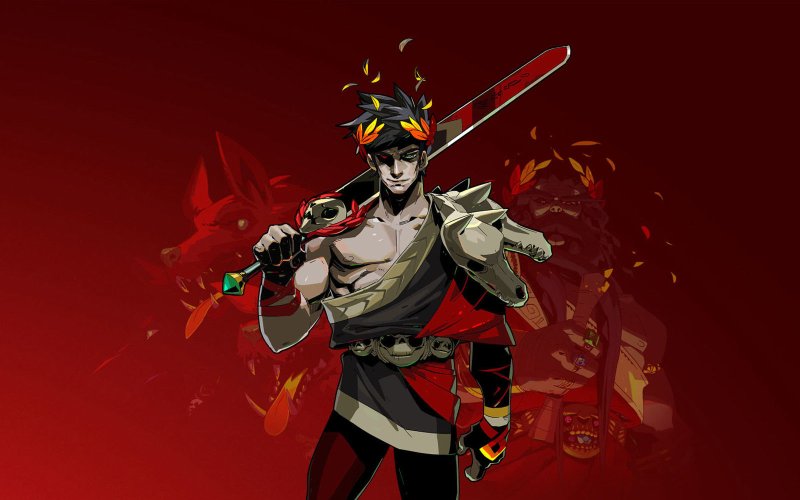The word aesthetic has been co-opted to mean “visually satisfying to a particular (typical sleek or patterned) palette.” Its inverse, anaesthetic, signals the scientific but feels to me like the kind of beautiful word that should make its way back into usage because of the wonderful connotation with sleep. In reality, the word “aesthetic” is simply concerned with sensation, the felt and the signifiers that create that feeling. And so I get to thinking about how video game death is diverse with respect to ordinary death: Ordinary death anesthetizes whereas video game death aesthetizes.
I have been dying in video games since I got my first Game Boy game circa 2005. I have died nearly every kind of imaginable (and unimaginable) death: spikes, arrows, swords, spears, bullets, fatigue, cold weather, hot weather, dragons, falling, floating, lions, drowning, lag, running out of jumps, running with scissors, dying of boredom, poison, jumping too far, aliens, blood lasers, blood tears, bloodhounds, nuclear weapons, helicopters, etc. I’ve seen a lot in these last 15 years. But I keep coming back to these games, not just resigned to, but ready to die.
Mid-December of last year marked the early access release of “Hades,” the newest title from my favorite San Francisco-based game development studio Supergiant Games (creators of “Bastion,” “Transistor” and “Pyre”). “Hades” is a 2D, hack-and-slash, rogue-like, dungeon-crawler, blah-blah-blah, you get the picture. But what’s new(ish) here is the dying-to-progress mechanic that I was first introduced to with “DeadCells”, a rogue-like by the French cooperative MotionTwins. (Spoilers ahead) As Zagreus, Hades’ son, an angsty warrior type (literally) dying to get away from his palatial home at the bottom of hell, the player has to escape through three boss-fight-capped levels. However, especially on the highest difficulty level, one can expect a lot of dying along the way.
In “DeadCells,” killing enemies and looting chests grants the players the titular cells which can be traded for certain power-ups, which are permanent unlike power-ups purchased with gold. Remaining with you from life to life, these allow you to continue to get stronger over time, so in essence, dying benefits you. The same goes for “Hades,” but instead of just cells there are several currencies that are conserved post-death: Chthonic Keys, Darkness, Gemstones, Nectar, Ambrosia, Diamonds and Titan Blood. With the exception of Nectar and Ambrosia, these are redeemable in the House of Hades, the palace where Zagreus is reborn after each failed excursion out into hell. These currencies allow Zagreus to do a whole host of things, ranging from weapon unlocks and character power-ups to paying a contractor to build a restorative spa room somewhere along the path through the Underworld.
At the end of every run, and the beginning of the next, I emerged from the pool of blood in Hades’ palace, freshly gored by the Minotaur or hotly embarrassed by a death at the hands of a minor enemy, a Gorgon head or a Burn-Flinger. I did the necessary shopping for new items, switching of weapons and power-ups and reassured myself this would be the last time. In my early playthroughs, it felt fair to say that I experienced dying as somewhere between a minor nuisance and a colossal tragedy, depending on if I died in a pathetic way very far along my run. But after hours and hours of playing the game, I began to feel a bit more ambivalent towards death and more excited about the post-death world experience. For example, there are (so far) six unlockable weapons in the game; the first, a stout two-handed broadsword, requires zero Chthonic keys to unlock and the fifth, an eagle-headed projectile launcher called the Rail, which requires eleven keys. Because each weapon was so mechanically and stylistically diverse and exciting, I began to prioritize getting the keys in my playthroughs in order to unlock more weapons. Rather than a singular eye towards completion, I was more interested in the feeling of the novel game mechanics. In a way, this truly felt like play, the involvement in the game for the excitement and the fun as opposed to the satisfaction of seeing the credits roll.
As with many rogue-like games, what’s fresh is the thousands of multitudes of combinations of game mechanics, weapons, and power-ups that one can collect while playing, and in that respect, “Hades” is not lacking. Each run felt fresh and new, sand-boxy (think “Binding of Isaac”), and because I was having a great time exploring these permutations I started to worry less about dying. The lessening frustration with individual deaths also came with my expanding understanding of the timeline of the game. I saw each death less as a marker of low skill or a restart, but rather as a natural, additive progression. Somewhere in there, Supergiant Games is teaching us something about the journey and not the destination. But honestly, I can’t really hear them because I’m so busy enjoying my death.
Contact Omar El-Sabrout at omarel ‘at’ stanford.edu.
